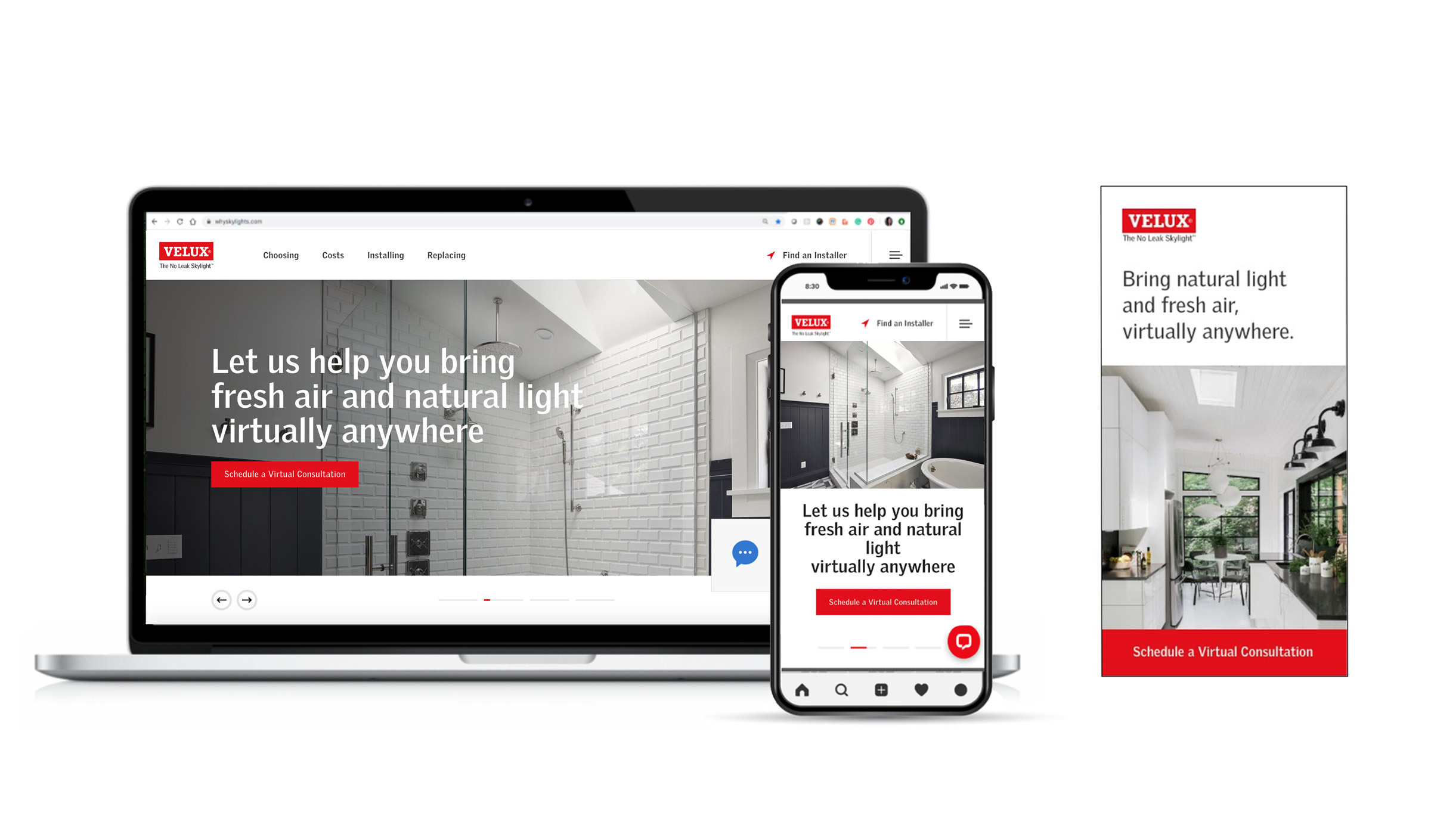Brand Strategy
Agility is not a new concept. As Albert Einstein once said, we must “learn from yesterday, live for today, hope for tomorrow. The important thing is not to stop questioning.” But the professional and personal applications of agility are multiplying — and becoming more critical than ever.
What is business agility?
Business agility references an organization's ability to:
- Adapt quickly to market changes, both internally and externally
- Respond rapidly and flexibly to customer demands
- Adapt and lead change productively and cost-effectively without compromising quality
- Continuously be at a competitive advantage
According to the Business Agility Institute, “traditional models … are failing to keep up with the needs of the modern economy.” And “change, both technological and cultural, is occurring faster than ever before. In this climate, modern enterprises will live or die on their ability to quickly adapt. As a result, companies are (looking) for ideas to innovate, reduce costs and remain relevant in a changing market.”
What does it mean for companies right now?
Now, consider businesses’ need for increased agility in 2020. In a less volatile environment, we may have taken more time to ponder our approach to an issue, problem or opportunity, tapping into market research on top of years of collective experience and knowledge to make decisions impacting our shared future.
Instead, in these uncertain times, our ability to move quickly and rely more heavily on gut instinct has become paramount. Businesses are facing daily and even hourly shifts in the status quo via news updates, social media posts and stock market reports. Frankly, there is no status quo. Instead, we must simply keep making our next best chess move, staying ahead of the information feeds as much as possible in order to capitalize on our wins or, sometimes, mitigate our losses.
Wray Ward’s clients in the home and building products categories are being forced to adapt to many new home-centric dynamics, as more people spend the lion’s share of their time there. Since the pandemic started, we’ve worked with brands to reinvent their approach or pivot in some way to stay ahead of the unpredictable environment.



